You are not logged in.
Dear visitor, welcome to WesWorld. If this is your first visit here, please read the Help. It explains in detail how this page works. To use all features of this page, you should consider registering. Please use the registration form, to register here or read more information about the registration process. If you are already registered, please login here.
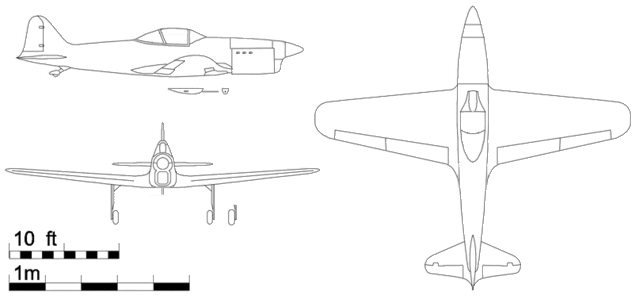
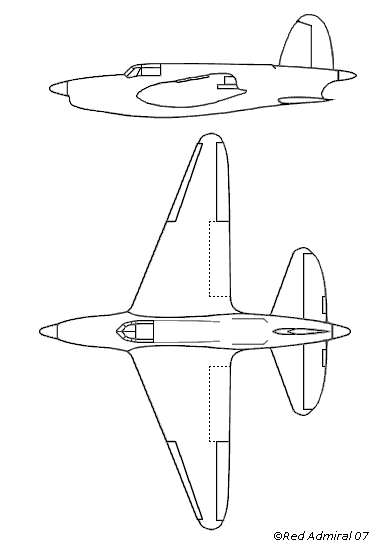
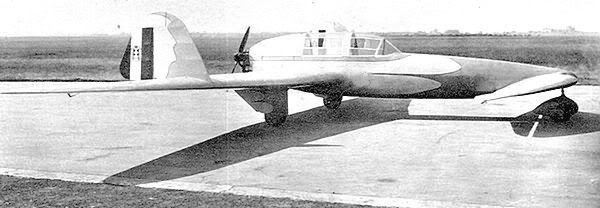


This post has been edited 1 times, last edit by "Red Admiral" (Mar 12th 2007, 5:20pm)
Quoted
Originally posted by Red Admiral
. The CR.35 is an extremely lightweight fighter aircraft constructed from regenerated wood
Quoted
As I recall, plywood came first, then particle board, then OSB, etc. Double checking on Wiki, particleboard was a WWII replacement for plywood. Even if it was, the resins would not have been to the developmental point to provide the needed strength, so it should be plywood- which was around.
Quoted
Originally posted by Red Admiral
Looking at figures for strength/density Spruce is slightly better than Al-alloy. In buckling its over twice as efficient. Generic "wood" won't be quite as good but its in the right ballpark.
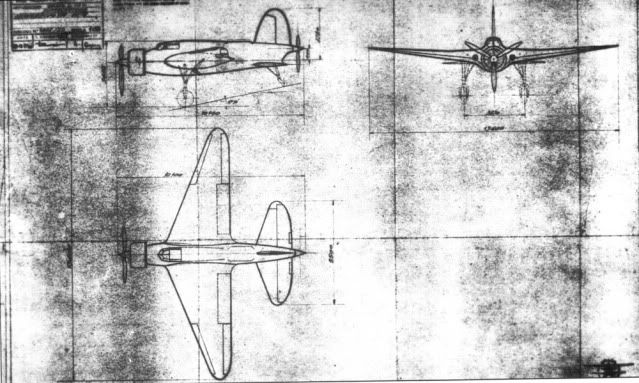
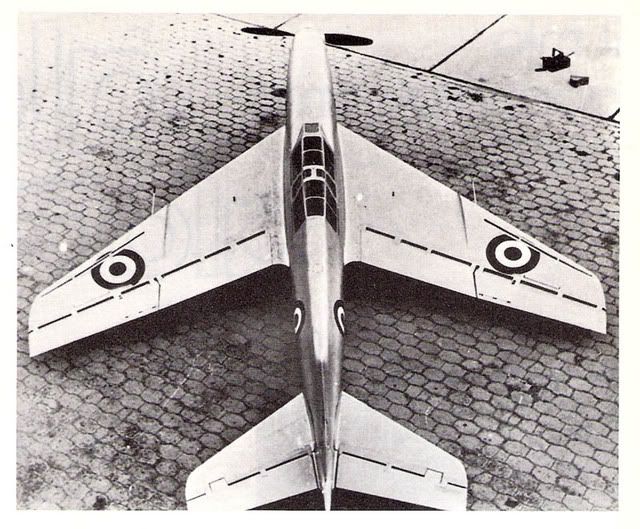
 It gives you a better idea of the narrowness of the fuselage.
It gives you a better idea of the narrowness of the fuselage. This post has been edited 3 times, last edit by "Red Admiral" (Mar 14th 2007, 10:13am)
Quoted
Originally posted by Red Admiral
3. The engine I'm using is an Inline-6 of 140mm bore x 150mm stroke which gives a displacement of around 14L. With a side mounted supercharger it should be around 0.40 - 0.50m across. If you want a big explanation of this I'll send it to you as I pmed one to Hood tother day. I don't think that the weight is far off.
This post has been edited 3 times, last edit by "Hrolf Hakonson" (Mar 14th 2007, 2:15pm)
This post has been edited 1 times, last edit by "Hrolf Hakonson" (Mar 14th 2007, 2:36pm)
Forum Software: Burning Board® Lite 2.1.2 pl 1, developed by WoltLab® GmbH
